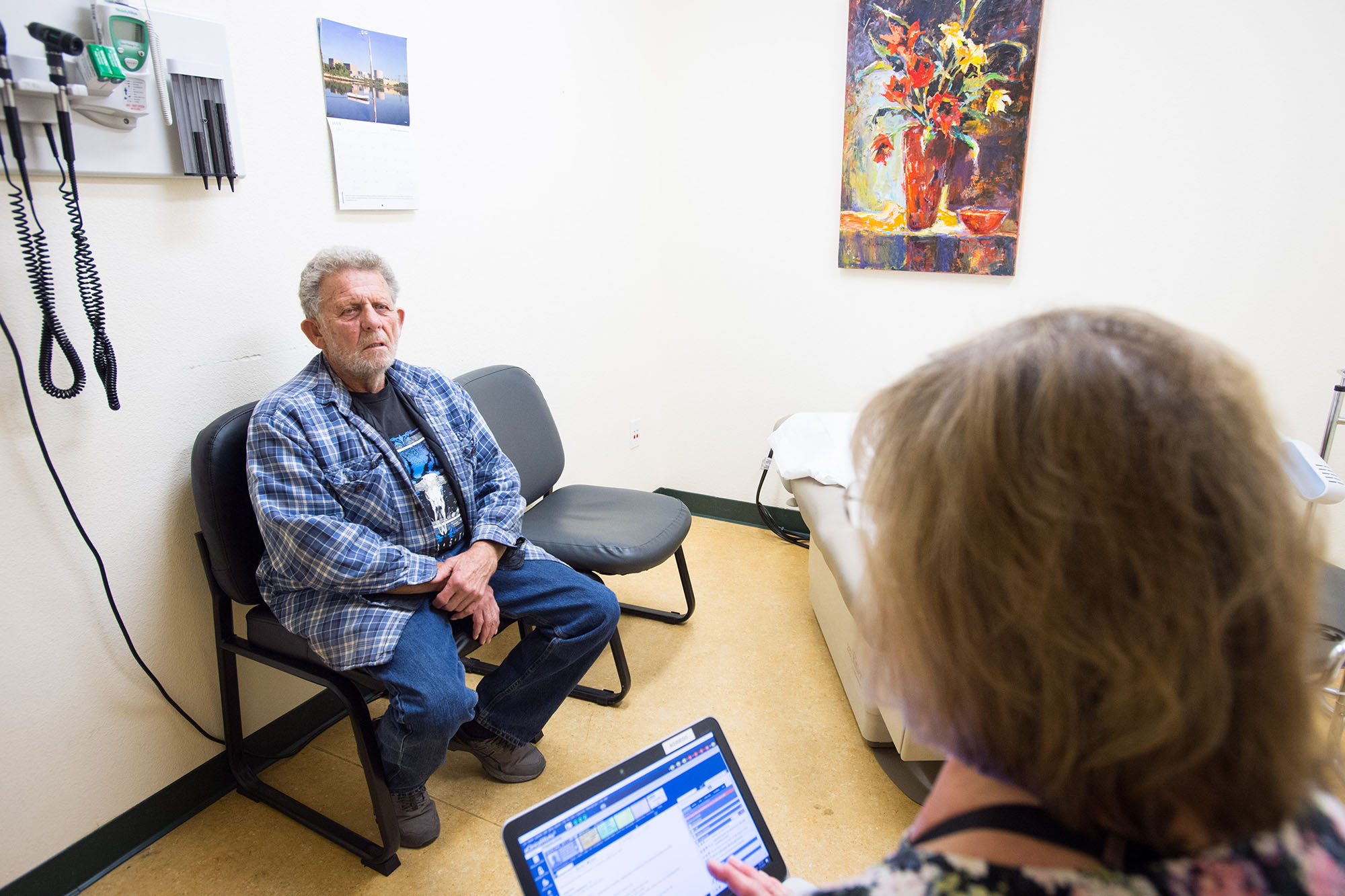Last week, we received yet another data point showing that the business of reforming health care in our country and state is far from finished. While California has made impressive strides in increasing the number of citizens who have health insurance coverage — and, crucially, several proposals to reach the remaining uninsured are receiving serious consideration — health care is still far too expensive for both those who lack health insurance and those who do not.
While we continue moving toward universal coverage, something must be done to address the underlying costs of care. The funds our state government must budget for health every year fuel tax increases and crowd out other important priorities. The chart below shows that over the last 10 years, state budget expenditures on health have increased nearly 8% per year, while spending on education, transportation, and natural resources has increased at less than half that rate. Even if we are comfortable with these trade-offs, we are not getting a good value for what we are spending. We are sicker and die sooner, at any income level, than our counterparts in other industrialized countries.

Failure to address underlying costs also has a more direct and personal impact — it makes care unaffordable for millions of individual Californians and their families. This is reflected in the health insurance premiums deducted from our paychecks, it brings rising deductibles and out-of-pocket expenses when we go to see the doctor, and it means employers have less money to hire new workers or give existing workers raises. According to the most recent CHCF Almanac report on employer-sponsored health insurance, premiums for the average family health plan have increased 234% since 2002, vastly outpacing inflation and wage growth.
Ample Research on Health Care Prices
What should California policymakers consider as they seek to address our unaffordable system? First, while higher premium subsidies or lower out-of-pocket caps can bring immediate relief for some, we should clearly understand and address the factors that drive underlying costs for all. Fortunately, we know where to look. Research on this subject, including a report from researchers at Harvard released last month, has consistently shown that prices paid for individual units of service are far more important than the overall volume of services we are buying. In short, we don’t go to the doctor too much; we pay too much for the services we receive when we’re there.
Second, some areas are riper than others for savings. According to CHCF’s Almanac report on California’s health care spending, most of the state’s health care dollars go to hospitals (36%) and physicians and clinical services (26%). What factors get baked into the prices hospitals and doctors charge? Administrative costs, the overall sickness of patients, technology, and the complexity of procedures play a role, but they are not controlling. The tightest correlations are found between hospital and physician market power and price.

California can both lead and be a fast follower of system-wide cost control approaches used in other states. Massachusetts has established a health policy commission that sets, measures, and understands progress against statewide targets. Maryland is in the midst of an experiment that sets an overall budget and payment rates for its hospitals, which mid-course evidence suggests is working. States like Arkansas and New York have increased transparency by publishing large health care cost and quality databases, a strategy recently recommended by the California Assembly Select Committee on Delivery System Reform and Universal Coverage.
Whatever California decides is the appropriate approach, it is important to act. Many of our current policy debates are a consequence of a health care system that is not affordable for individual Californians or for the state as a whole. It’s a simple fact we all acknowledge and accept. Fortunately, we also know why health care costs so much — and that other states have begun to address it.
Authors & Contributors





